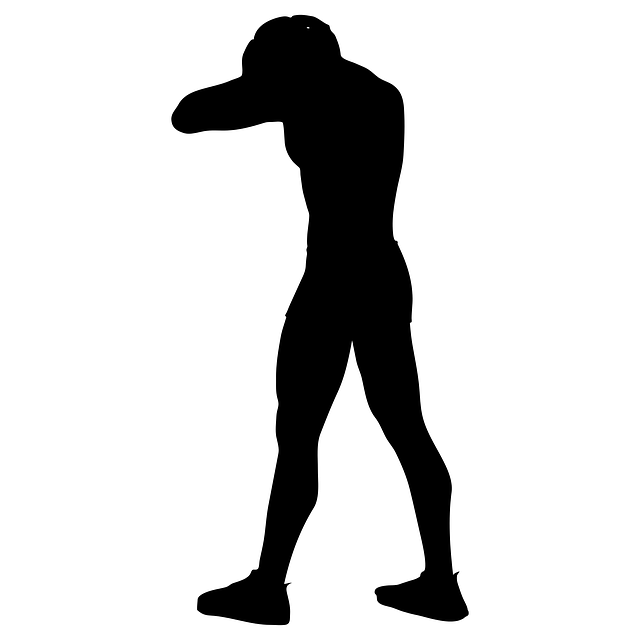Navigating Anxiety: Understanding and Managing Head Pressure

Anxiety is a multifaceted condition that manifests in various physical and emotional symptoms, significantly impacting individuals’ daily lives. One lesser-known but equally distressing symptom is the sensation of head pressure or tension headaches often associated with anxiety. This sensation can feel like a tight band around the head or a heavy weight pressing down on the skull, leading to discomfort and concern. Let’s explore the causes of this symptom, its implications, and effective strategies for relief.
The Connection Between Anxiety and Head Pressure
The sensation of head pressure during episodes of anxiety is not merely psychological. It has a physiological basis linked to the body’s stress response. When anxious, the body releases a series of stress hormones, including adrenaline and cortisol, which prepare the body to face perceived threats. This response can lead to muscle tension, including in the neck, shoulders, and scalp, contributing to the feeling of pressure around the head.
Furthermore, anxiety can increase blood pressure and heart rate, intensifying the sensation of head pressure. The heightened state of alertness associated with anxiety can also lead to hyper-awareness of bodily sensations, making the pressure feel more pronounced.
Symptoms and Impact
Head pressure associated with anxiety can vary in intensity and duration, often accompanied by other symptoms, including:
- Dizziness or lightheadedness
- Fatigue
- Nausea
- Difficulty concentrating
- Irritability
These symptoms can interfere with daily activities, work performance, and social interactions, further exacerbating anxiety levels and creating a vicious cycle.
Strategies for Managing Anxiety-Induced Head Pressure
While the sensation of head pressure can be unsettling, various strategies can help manage and alleviate this symptom:
Stress Management Techniques
Incorporating relaxation techniques into your daily routine, such as deep breathing exercises, yoga, or meditation, can help reduce overall stress and anxiety levels, potentially easing the sensation of head pressure.
Regular Physical Activity
Engaging in regular physical activity, such as walking, swimming, or cycling, can help reduce muscle tension, improve mood, and decrease anxiety, contributing to relief from head pressure.
Mindfulness and Cognitive Behavioral Therapy (CBT)
Mindfulness practices and CBT can be effective in managing anxiety symptoms. These approaches help individuals recognize and change thought patterns that contribute to anxiety, reducing physical symptoms like head pressure.
Adequate Hydration and Nutrition
Dehydration and lack of proper nutrients can exacerbate symptoms of anxiety and head pressure. Ensuring a balanced diet and staying well-hydrated can help mitigate these symptoms.
Create a Comfortable Environment
Creating a calm and comfortable environment, especially in your workspace or at home, can help reduce stress and anxiety levels. Consider reducing noise, optimizing lighting, and incorporating elements that promote relaxation, such as plants or soothing colors.
Seek Professional Help
If anxiety and associated symptoms like head pressure significantly impact your life, it’s crucial to seek professional help. A healthcare provider can offer guidance on appropriate treatments, which may include therapy, medication, or a combination of approaches.
Conclusion
While anxiety can lead to uncomfortable physical symptoms like head pressure, understanding the connection between the two is vital for effective management. By adopting stress-reduction techniques, making lifestyle adjustments, and seeking professional advice when needed, individuals can significantly reduce the impact of anxiety on their lives. Remember, it’s important to approach anxiety management with patience and compassion towards oneself.
